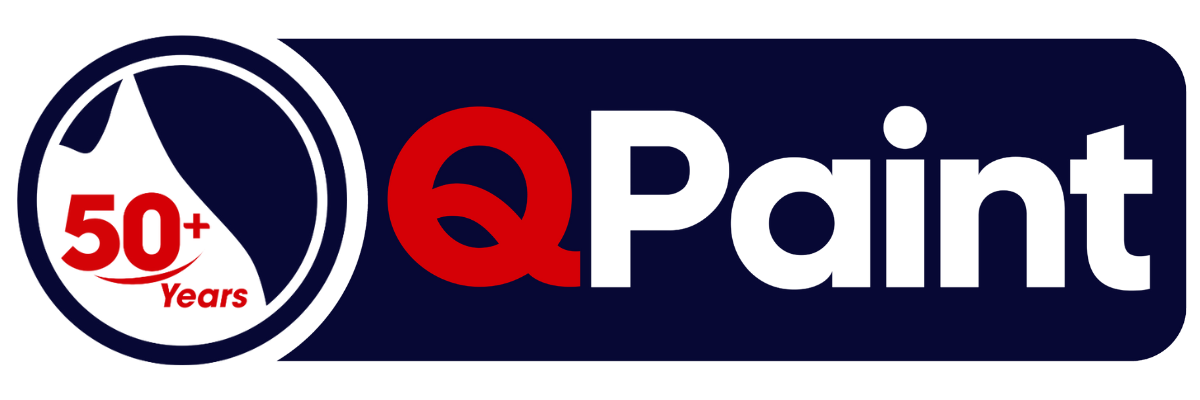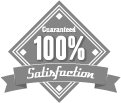As spring arrives, homeowners often turn their attention to exterior house painting projects. This essential task not only refreshes the look of a property but also protects it from the elements. A fresh coat of paint can significantly boost curb appeal and increase property value, making it a worthwhile investment for any homeowner. It’s the most cost-effective way to increase your home value. So if you are getting your home ready for the spring real estate season, then an exterior paint job is a must!
Exterior house painting involves more than just applying a new colour. It includes crucial steps such as cleaning, pressure washing, and repairing any peeling or damaged areas. Homeowners need to consider factors like UV protection, moisture resistance, and the right paint colours to achieve long-lasting results. From preparing the surface to selecting quality paints and employing professional techniques, a successful exterior painting project requires careful planning and execution.
Benefits of Spring Exterior Painting
Spring is the ideal season for exterior house painting, offering numerous advantages for homeowners. The moderate temperatures and lower humidity levels create perfect conditions for paint application and drying. Painting your Brisbane home before the hot summer rolls in means you get the best season of the year to paint! This season provides an opportunity to refresh the look of a property while also protecting it from the harsh elements that lie ahead.
One of the primary benefits of spring exterior painting is the protection it offers against summer weather. A fresh coat of paint acts as a barrier, shielding the home’s exterior from UV rays, moisture, and pests. This protective layer helps to prevent fading, peeling, and structural damage caused by extreme heat and humidity. By painting in spring, homeowners can ensure their property is well-prepared for the scorching summer months.
Exterior house painting has a significant impact on property value. A well-maintained and freshly painted exterior can fetch a much higher price in the real estate market. Potential buyers are more likely to be attracted to a home that appears well-cared for and move-in ready. The investment in exterior painting can yield a high return, making it a wise choice for homeowners looking to sell their property in the near future.
Spring exterior painting dramatically enhances a home’s curb appeal. The first impression of a property is crucial, and a fresh coat of paint can transform its appearance. Updated colours and a well-maintained exterior create a welcoming atmosphere, drawing the eye and increasing interest from potential buyers or visitors. This improved aesthetic value not only makes the home more visually appealing but also reflects positively on the homeowner’s attention to detail and care for their property.
Preparing Your Home’s Exterior
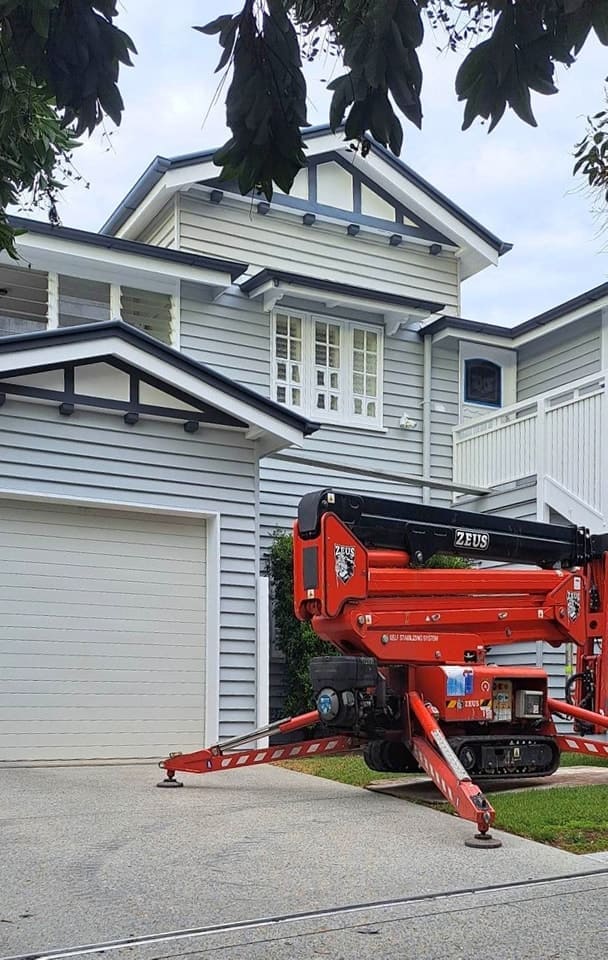
Before embarking on an exterior house painting project, thorough preparation is crucial for achieving a long-lasting and professional finish. The first step involves cleaning the surfaces to ensure proper paint adhesion. Power washing techniques are highly effective for this purpose. At Qpaint we include all the prep work involved in an exterior paint project. It’s the most vital step for the quality of the paint job. And we have all the tools needed – homeowners do not always have these professional tools on hand.
1. Power washing
Using a high-pressure power washer, not a standard garden hose, is essential for removing dirt, mould, and other contaminants. This process helps create a clean canvas for the new paint. When power washing, it’s important to start in a less noticeable area to test the pressure and technique. Be mindful of the pressure used to avoid damaging the siding or trim.
2. Scraping and sanding old paint
After cleaning, inspect the surface for peeling or loose paint. Any paint that can be easily lifted needs to be removed to ensure good adhesion of the new coat. Use a scraper or wire brush to remove loose paint, then sand the surface with medium-grit sandpaper. This process creates a smooth, even surface for painting and helps the new paint bond effectively.
2. Caulking and filling gaps
The final preparatory step involves addressing any cracks, holes, or gaps in the exterior. Use a high-quality exterior caulk to fill these areas, paying special attention to corners, crevices, and trim boards around windows and doors. Proper caulking not only improves the appearance but also prevents moisture penetration, which can lead to future paint failure. For larger gaps, consider using a backer rod before applying caulk. This thorough preparation ensures a smoother, more durable paint job that enhances the home’s appearance and value.
Selecting Quality Paint and Equipment
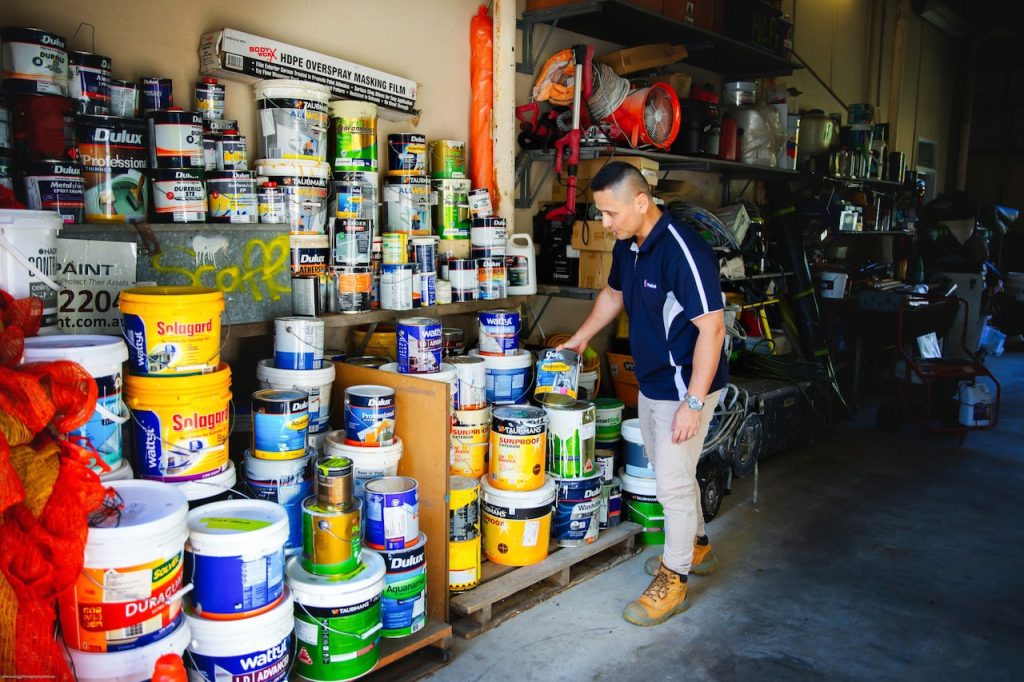
When it comes to exterior house painting, choosing the right paint and equipment is crucial for achieving a professional finish. The quality of materials used has a significant impact on the durability and appearance of the paint job. We use only the best paint for your home’s exterior including specific exterior paint and UV protection paint.
Understanding paint grades
For exterior house painting, it’s essential to select paint specifically designed for outdoor use. High-quality exterior paints offer better protection against UV rays, moisture, and temperature fluctuations. Acrylic paints are often recommended for their durability and elasticity, allowing them to expand and contract with changing weather conditions. These paints work well on various surfaces, including wood, aluminium, and fibre cement siding. Latex paints are another option, offering easy application and quick drying times. When selecting paint, consider the specific needs of your home’s exterior and the local Brisbane climate to ensure long-lasting results.
Choosing the right brushes and rollers
The right tools can make a significant difference in the quality of your paint job. For exterior painting, synthetic bristle brushes are ideal for use with water-based paints, while natural bristle brushes work best with oil-based paints. When selecting rollers, consider the surface texture. Smooth surfaces require short-nap rollers (4-5mm), while rougher textures benefit from longer naps (12-15mm). Quality rollers with moisture-resistant cores and solvent-resistant glue ensure better paint application and longevity of the tool.
Renting vs buying equipment
For homeowners tackling exterior house painting, the decision to rent or buy equipment depends on the scope of the project and future painting plans. Renting can be cost-effective for one-time projects, especially for specialised tools like airless paint sprayers. However, if you anticipate multiple painting projects, investing in your own equipment might be more economical in the long run. Consider factors such as storage space, maintenance requirements, and frequency of use when making this decision.
Professional Painting Techniques
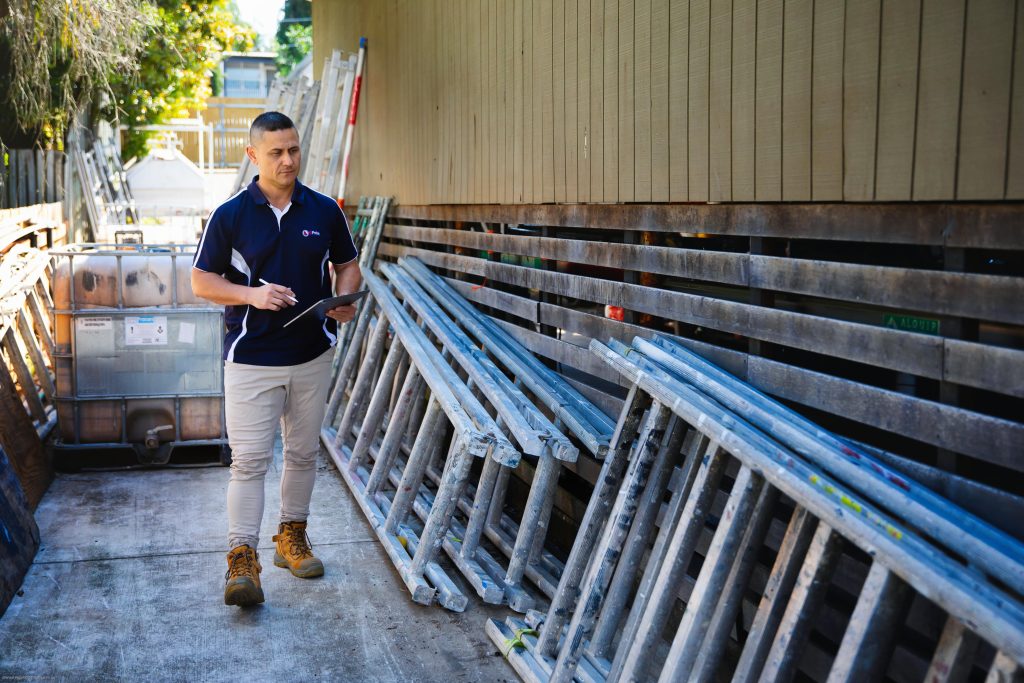
1. Proper brush and roller techniques
To achieve a flawless finish when exterior house painting, mastering proper brush and roller techniques is crucial. For brushwork, start by loading the brush with paint and applying it in long, smooth strokes. Work in manageable sections, maintaining a wet edge to avoid lap marks. When using rollers, opt for a 3/8-inch nap for smooth surfaces or a thicker nap for textured ones. Roll in a “W” pattern, then fill in with vertical strokes for even coverage. Always work from top to bottom to control drips and ensure uniform application.
2. Spray painting tips
Spray painting can significantly speed up the exterior house painting process. When using a spray gun, maintain a consistent distance of about 12 inches from the surface and move in smooth, overlapping passes. Start with the trim and difficult-to-reach areas before moving on to larger surfaces. Dilute the paint with about 10% water to achieve the right consistency for spraying. Always mask off areas you don’t want painted and use a painting shield to protect adjacent surfaces from overspray. Remember to adjust the spray tip and pressure settings based on the paint type and surface texture.
3. Dealing with challenging surfaces
Exterior house painting often involves tackling challenging surfaces. For rough or porous surfaces like stucco, use a thick-nap roller (1 1/4 inch) to ensure adequate paint penetration. When painting wood shakes, apply paint with a thick-nap roller, then smooth it out with a 9-inch paint pad on a pole. For composite siding, cut in a section first, then roll it out for best results. Always prime bare wood or previously unpainted surfaces before applying the topcoat to ensure better adhesion and longevity of the paint job.
Conclusion
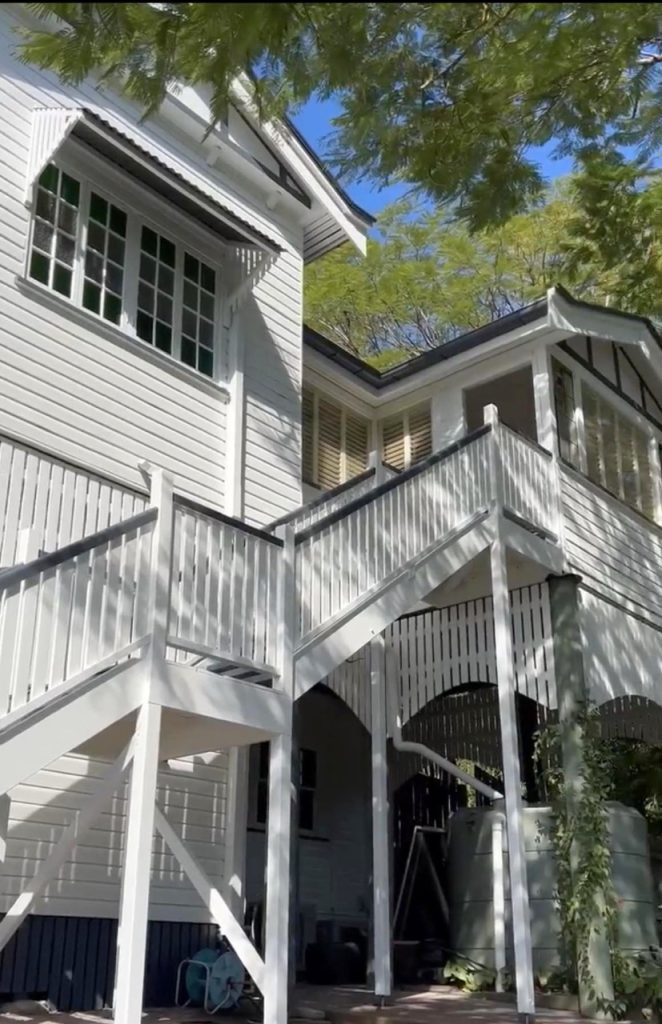
Exterior house painting in spring has a significant impact on both the appearance and protection of your home. A fresh coat of paint not only enhances curb appeal but also shields your property from harsh weather conditions. This simple yet effective home improvement project can boost your property’s value and create a welcoming atmosphere for residents and visitors alike.
To get the best results, it’s crucial to prepare properly, choose quality materials, and use the right techniques. From power washing and repairing surfaces to selecting appropriate paints and tools, each step plays a vital role in achieving a long-lasting finish. Whether you decide to tackle the project yourself or hire professionals, investing time and effort in exterior painting will pay off in the long run, keeping your home looking fresh and well-maintained for years to come.
FAQs
What should be used to clean the exterior of my house before painting?
Power washing your home’s siding is the best method to prepare it for painting. This helps remove accumulated dirt, dust, pollen, and mildew, which can prevent the paint from adhering properly. Be sure to use a gentle setting on the power washer to prevent any damage to the siding material.
How should I prepare the outside of my house for painting?
To ensure a successful exterior paint job, follow these steps: Choose a period of favourable weather for your project, clean and clear the surrounding area, wash the exterior thoroughly, test for lead if necessary and scrape off old paint, sand the surface, and finally, caulk any gaps, patch holes, and replace any rotten wood.
Is it necessary to pressure wash exterior walls before painting?
Indeed, pressure washing is essential. It removes dirt and grime, providing a clean surface that is ideal for painting.
